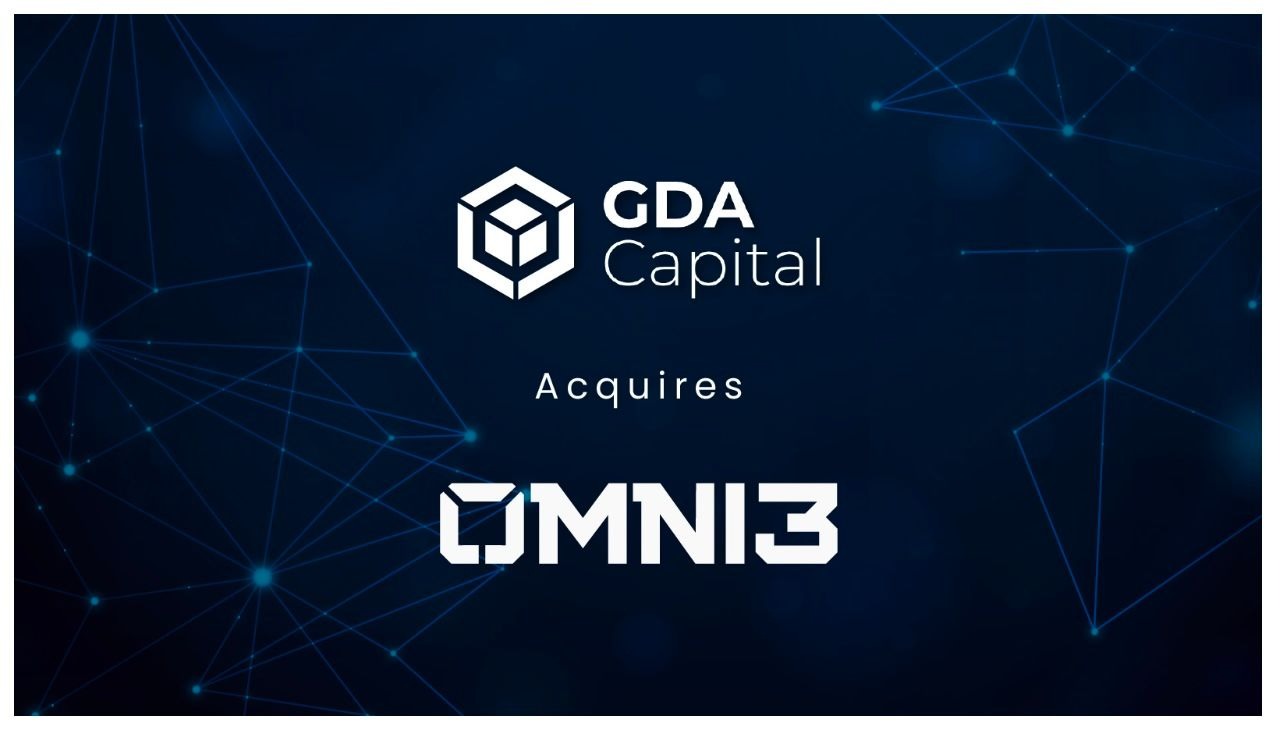Up 600% since May and increasingly looking like an Ethereum competitor, Solana has been one of the most successful crypto platforms of this year. However, the network was abruptly disrupted on Tuesday and was offline for roughly 17 hours before being revived.
So, what happened, and how does this impact the platform’s future? Here’s a closer look.
Why was Solana offline?
On Tuesday, the Solana mainnet went offline. The team took to Twitter to explain what happened. Apparently, the network was congested with too many transactions causing a fork.
According to the Solana team, transaction load exceeded 400,000 transactions per second, a critical upper limit, on Tuesday. These were getting stacked up in a queue, which congested the network and forced it to start forking. As you can imagine, this spontaneous forking of the network compounded troubles.
The issue seems like a denial-of-service attack that also impacted Ethereum’s layer 2 scaling project Arbitrum at the same time.
Fortunately, the issue was swiftly resolved. Within a few hours, validators on the Solana network had come together to implement a restart. Meanwhile, Solana networks have patched the glitch so the network shouldn’t be clogged in the near-future due to the same issue.
However, the disruption has caused some in the crypto community to take a closer look at Solana’s network fundamentals.
Solana’s outlook
Solana has quickly gained a reputation as a potential Ethereum killer and the success of Degenerate Apes has put the platform at the epicenter of the NFT boom.
However, the network’s disruption this week could dampen sentiments. Ethereum has never been offline since it launched in 2015. That’s a six-year track record of robust performance. Solana, by comparison, is only 18-months old. A hiccup this early isn’t a good signal for long-term users and investors.
The restart of the network has also raised concerns. Only 20 validators were required to reboot the platform, which means the platform is relatively more centralized (and thus more vulnerable) than others. Some have raised concerns about the concentration of power in the hands of this tiny cohort of network validators.
The Solana platform could continue to grow and gain mainstream adoption in the years ahead. But to dethrone Ethereum, the project may need to resolve these vulnerabilities and prove to the community that it is decentralized enough.
Bottom line
Solana’s outage this week was quickly resolved, but raises questions about the project’s long-term outlook. While developers and users have been migrating to the network, seeking an alternative from Ethereum, the recent restart highlight’s its vulnerabilities and governance.
While the token’s market value continues to move moon-ward, the team needs to address these issues before the next leg of growth is possible.




